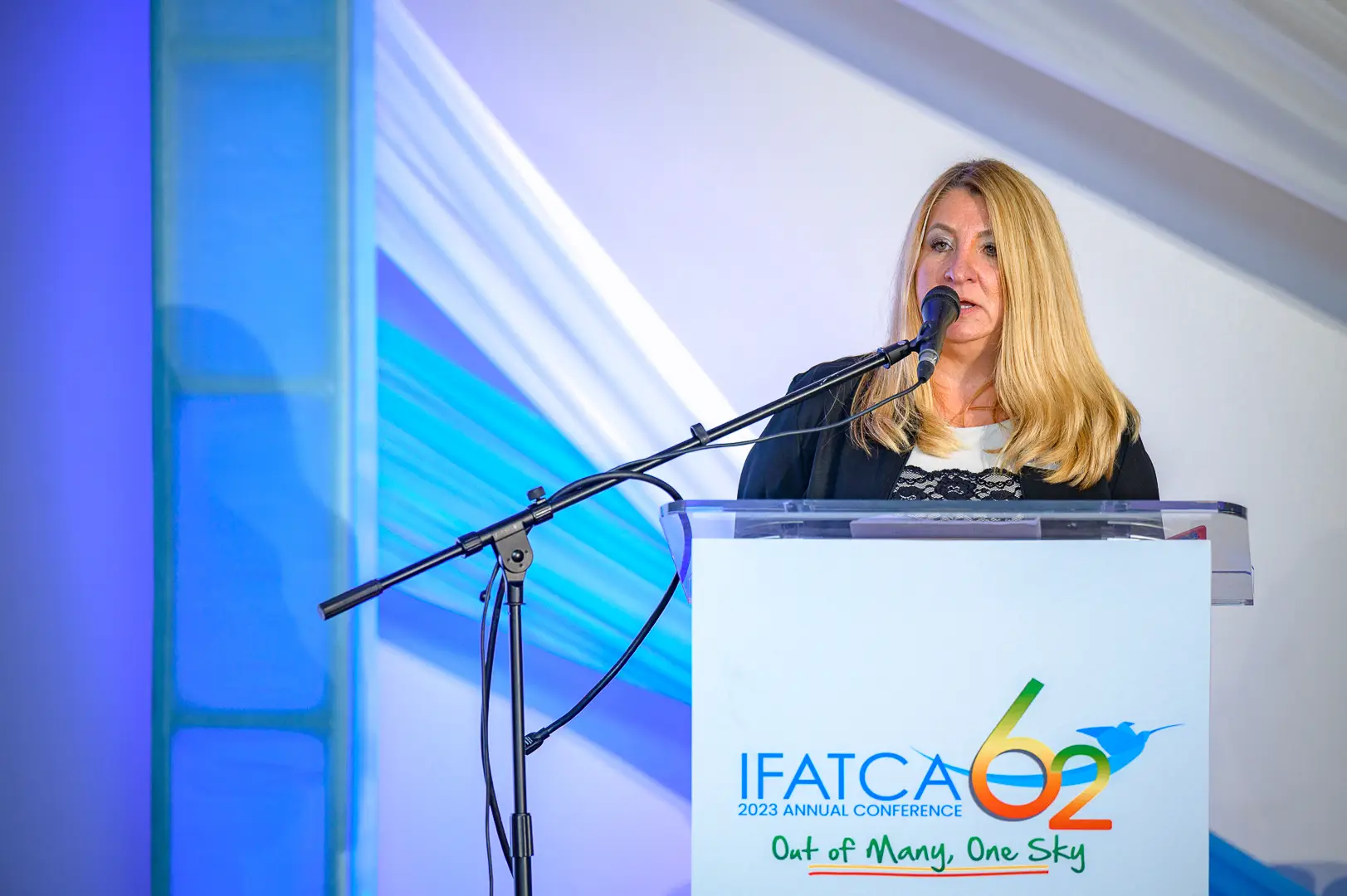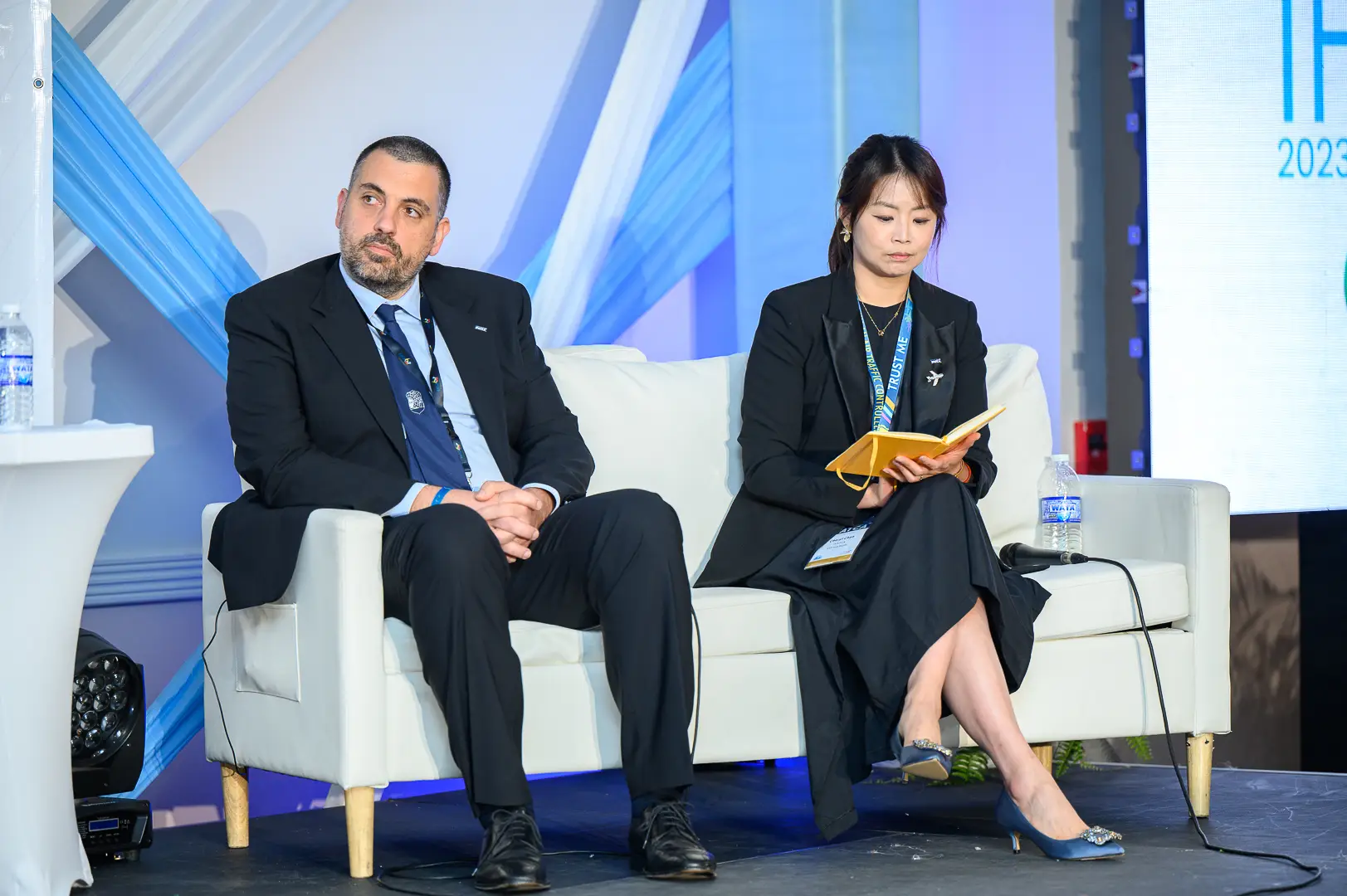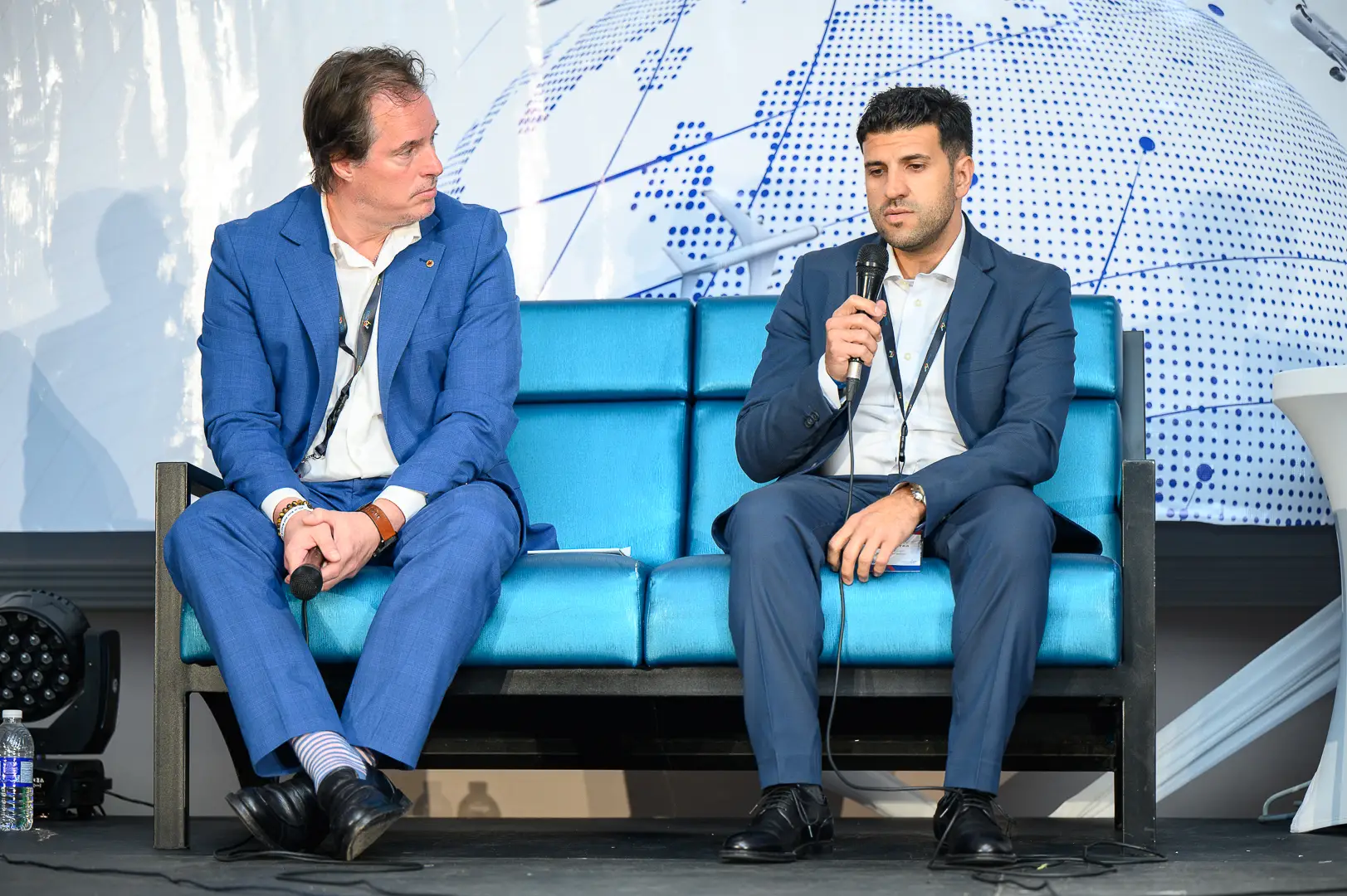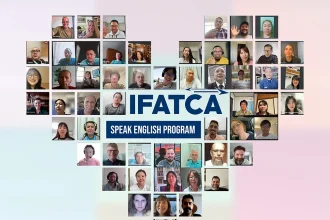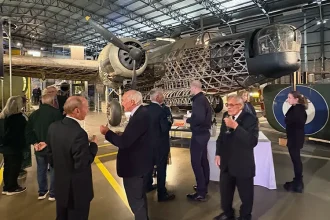On the last day of the International Federation of Air Traffic Controllers’ Associations’ 2023 annual conference, six ATCOs from all four regions discussed aviation’s future operations and our profession’s interaction between new technologies, capabilities, solutions, and services.


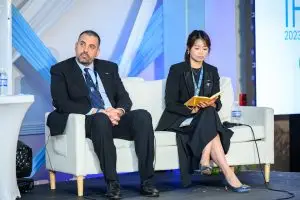

The panel discussion was titled “Future of ATC: Examining the Next 100 Years” and was moderated by Trish Gilbert, EVP Americas region. Joining her for the conversation were Ahmad Abba from Nigeria, Eugenio Diotalevi, Andrea Poti and Mauro Barduani from Italy, Nick von Schoenberg from Canada, and Cheryl Chen from Taiwan.
Moore’s Law states that computing power will roughly double every two years. But advances in machine learning, robotics, analytics, sensor technology, 3D printing, and other technologies are “radically accelerating” this pace of innovation. So much so, innovation is happening in many areas and at a rate that makes Moore’s Law look sluggish.
The conversation then rightfully focused on what mid-century ATC may look like and the importance of the most valuable asset – the air traffic controller. While artificial intelligence is already finding its way into ATM, see FLY AI Forum 2023, its development is slower and more limited than other economic sectors. Mauro explained that is due to the peculiarity of ATM, in terms of its dynamic environment, the requirement for an extremely high level of safe operations and the need for security of data processing. Andrea shared his experience working on the Joint Human Machine Cognitive Systems (JHMCS). He stressed that humans and machines complement each to achieve system goals.
The moderator further informed the discussion with the FAA’s Charting Aviation’s Future: Operations in an Info-Centric National Airspace System (ICN), as mentioned by MITRE in their presentation. An incremental modernization of the ATM system is expected with the ubiquitous implementation of interconnected information sharing, automation, digitalization, and stakeholder interoperability. Are ANSPs interested in more investment in new technologies that can help reduce the cost and number of employees or to meet the challenges of sustained growth, the post-pandemic rapid recovery, new entrants (UAS/commercial space), more efficiency and more environmentally friendly operations? Ahmad suggested that while the number of ATCOs globally are significantly low, new technologies and decision-support tools should help the operator and not try to replace them.
Cheryl agreed and advocated for AI, automation, and new technologies to help with our global challenges of ATCO staffing, fatigue mitigation, and training. Nick made the point of why technology is considered an investment, yet people are considered a cost. ANSPs should prioritize investment in their people.
Even with an hour of robust discussions, the real question is what will air traffic control look like 10, 20 or 100 years from now. There are only guesses and opinions, but it was evident to the group that IFATCA should ensure we are aware, educated, engaged, and deeply involved in all new developments. Eugenio, IFATCA’s subject matter expert on UAS/RPAS was clear controllers must be involved early in developing technology, standards, and practices.





